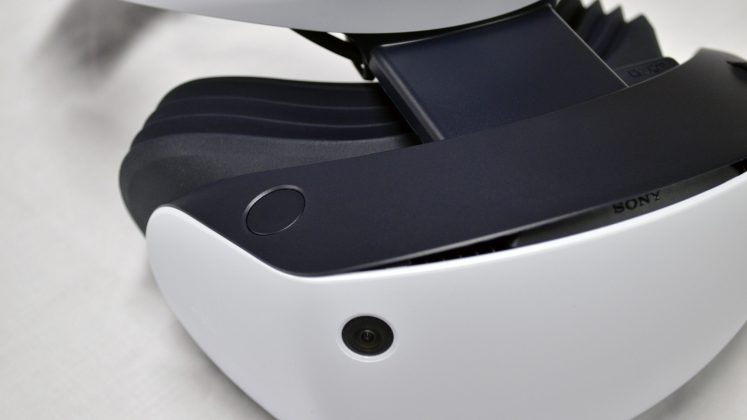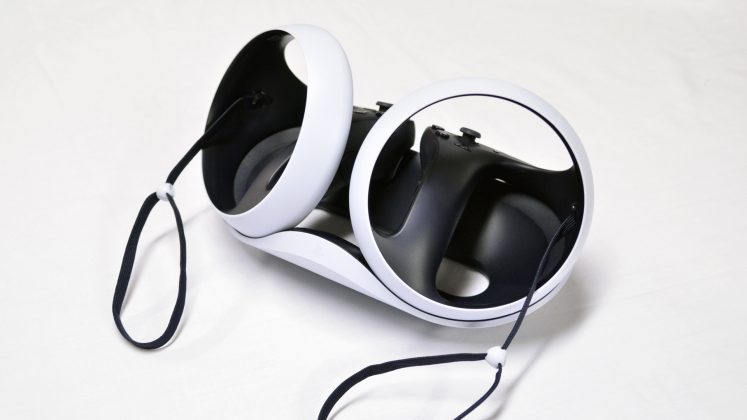Ahead of the launch of PSVR 2, we’ve got a close-up look at the finished version of the headset and what you can expect to find when you crack open the box.
It’s just two weeks until Sony’s newest VR headset hits the streets, and while we’re not yet allowed to go into detail, today we’ve got a close-up look at the production hardware and Sony’s official controller dock. Stay tuned for our full PSVR 2 review.

The very first thing to notice about PSVR 2 compared to the original is the simplicity of setup… this is everything you’ll see in the box.

Compare that to the original PSVR which had a breakout box requiring extra cables and its own power adapter—not to mention the PS Eye camera that was required for the headset (and the photo below doesn’t even include the Move controllers).

Compared to the original, PSVR 2’s single-cable operation and inside-out tracking makes it so much easier to use.
Getting closer to the headset itself, we get a good look at its range of adjustments. On the top there’s an IPD dial for dialing in the distance between the lenses. Also on top is a button to adjust eye-relief (the range of which is pretty impressive). And on the back is the crank to tighten the headstrap, with the center of the crank acting as a button which releases the springy tension.
As we learned in our early preview of PSVR 2, the headset has an assisted calibration step which helps the user hone in their individual headset orientation and IPD settings, thanks to the in-built eye-tracking.
On the bottom of the headset is the power button and a button to activate PSVR 2’s passthrough view. Alongside those is the built-in microphone.

While PSVR 2 doesn’t have directly integrated audio, it comes with a pair of custom earbuds which attached to the underside of the rear headstrap and stow in little holes at the sides of the headset. You can use your own 3.5mm headphones instead if you’d like to.
And then there’s the PSVR 2 ‘Sense’ controllers, which have a particularly interesting shape to them. Inside the circular strut is hidden infrared LEDs which can be seen by the headset to track the controllers.
Compared to something like Quest 2, the unique shape and placement of the ring does a good job of reducing the likelihood that you’ll bump the controllers into each other during hand-to-hand interactions. However, the design has a somewhat off-kilter balance to it.
The wrist-straps are mounted on the inside of the tracking ring and can be removed if desired.
The PSVR 2 controllers are rechargeable via USB-C, but Sony is also selling a purpose-built PSVR 2 controller charging dock to make it easy to charge your controllers without fiddling with cables. While its existence is appreciated, and it generally gets the job done, it’s a bit funky to sit the controllers in just the right spot to initiate the charge. Still, I’d rather this than plugging in two cables every time I’m done playing.
We’re looking forward to sharing our full PSVR 2 review in the near future—if you’ve got questions for us, drop them in the comments below!
,
















